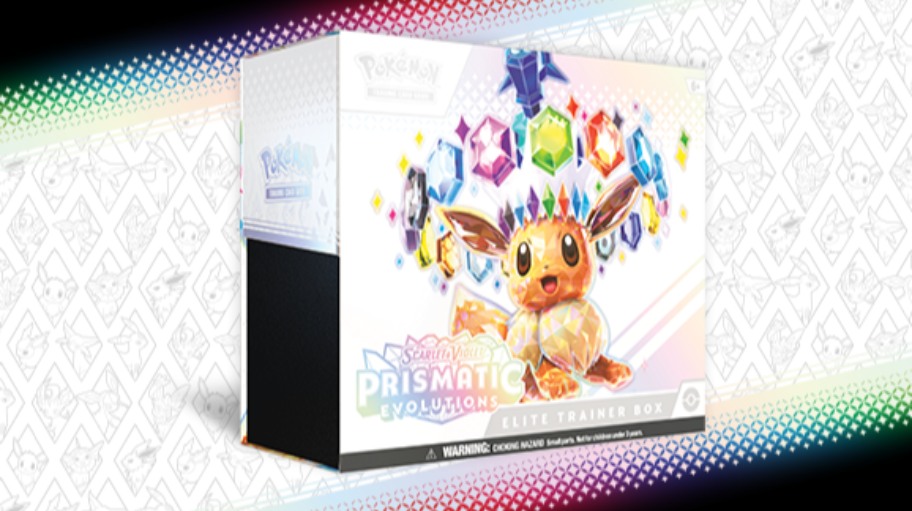In a scene that blends equal parts nostalgia and frenzied capitalism, the Pokémon Trading Card Game (TCG) has transformed contemporary big-box store aisles into veritable battlegrounds. Each Friday, dedicated card collectors alongside opportunistic scalpers eagerly await the fresh restock of Pokémon products. Driven by a nostalgic desire or the hope of a lucrative resale, these eager individuals reflect a trend that seems all too familiar, echoing the sports card mania of decades past. Yet, the pressing question remains—how much longer can this Pokémon TCG craze persist before it morphs into a bubble ready to burst?
The weekly ritual has evolved into a calculated operation for many, where acquiring the latest card packs is akin to winning a coveted prize. For the scalpers—those financially savvy (or, perhaps, financially reckless) individuals devoid of actual Pokémon fandom—it’s a thrilling escapade of speculative buying. Armed with credit cards in a chaotic shuffle for sealed boxes or rare tins, these individuals hoard goods anticipating that prices will skyrocket as demand outpaces supply. Expectedly, the impact of this frenzy on the casual collector, many of whom may be children as enamored by Pokémon as Ash Ketchum is, has been profound. High-stakes speculation creates an exclusive market, leaving many young enthusiasts unable to join in the fun—a sad realization when joyous collecting is overshadowed by a cutthroat commercial pursuit.
Lurking beneath this surface chaos is the threat of overprinting, which has become an issue of increasing concern. Against the backdrop of skyrocketing demand, The Pokémon Company has cranked up the printing presses to meet the collective desire for Pokémon cards. Consequently, sets that once seemed rare and prestigious, like “Evolving Skies” or “Crown Zenith,” and the special “Van Gogh Pikachu” promotional card, have become as prevalent as Pikachu tail keychains—ubiquitous but no longer novel. Notably, the “Van Gogh Pikachu” card reveals a stark market reality—nearly 40,000 graded PSA 10 copies flood the market. Such numbers demolish the illusion of scarcity, transforming once rare glimpses into commonplace visual echoes.
These developments bear an uncanny resemblance to the sports card bubble burst of the late ’80s and early ’90s—a cautionary tale of unchecked enthusiasm and overproduction. Back then, the surge in demand led card companies to produce an avalanche of stock, flooding the market with “rare” cards printed by the millions. Eventually, collectors awoke to the harsh truth—apparent scarcity was nothing more than clever marketing, inflating card values until they free-fell into obscurity. The marketplace quickly choked on its own abundance, leaving scores of fans with neglected cardboard dreams.
Currently, a similar trajectory emerges within the Pokémon TCG realm, hinting toward an impending climax and subsequent decline. Market conditions are ripe with speculative purchasing, inflated values birthed from hype rather than true rarity, and PSA populations expanding at alarming rates. Collectors with a keen eye for value may begin to recoil, recognizing the precariousness of the market scene. As reality seeps into this speculative bubble, a downturn looms on the horizon more ominously than Team Rocket’s hijinks.
The timing of such a potential bubble burst remains elusive, trapped within the nebulous boundaries of economic forecasting. However, savvy observers of market dynamics see signs indicating a climax may be approaching. Debts accumulated by scalpers in their pursuits may soon become burdensome, forcing liquidations that will contribute to a price correction. Once the allure of manufactured hype dissolves, and faced with overwhelming PSA census data, even steadfast collectors may retreat, disenchanted by the façade of scarcity. Prices are likely to stabilize, perhaps to levels more grounded in reality and sustainability.
Experienced voices within the community advocate for caution, wisdom imparted by the history books of collectible markets. Like collectors of old who navigated the treacherous peaks and valleys of past trends, today’s Pokémon aficionados are urged to seek genuine rarity rather than speculative hype. As the colorful world of Pokémon TCG navigates these uncertain waters, the essence of collecting for joy and passion, not the siren call of profit, may yet endure as the truest prize of all.
